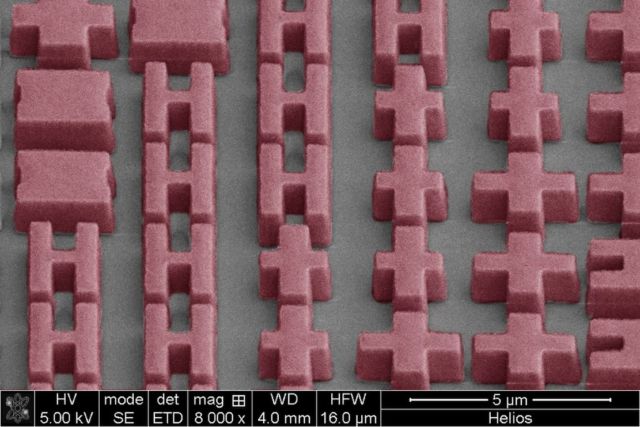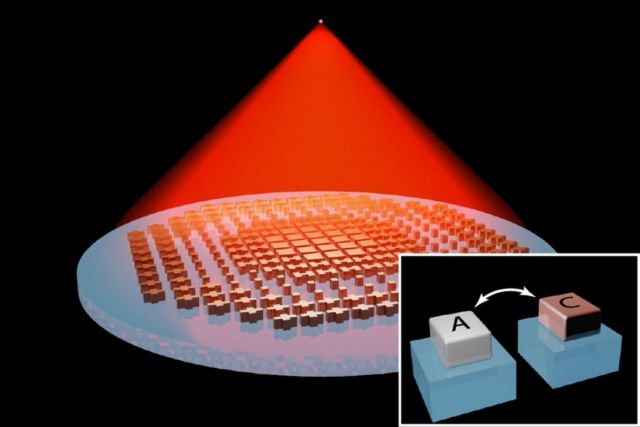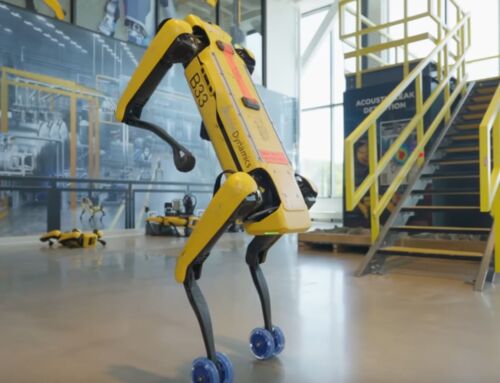Scientists created a new lens that can change focus without tilting or moving.
MIT engineers have fabricated a tunable “metalens” that can focus on objects at multiple depths, without changes to its physical position or shape. The lens is made not of solid glass but of a transparent “phase-changing” material that, after heating, can rearrange its atomic structure and thereby change the way the material interacts with light.
The design may enable miniature zoom lenses for drones, cellphones, or night-vision goggles.
Top image: A new MIT-fabricated metalens shifts focus without tilting, shifting, or otherwise moving. The design may enable miniature zoom lenses for drones, cellphones, or night-vision goggles. Credits Courtesy of the researchers
Polished glass has been at the center of imaging systems for centuries. Their precise curvature enables lenses to focus light and produce sharp images, whether the object in view is a single cell, the page of a book, or a far-off galaxy.
Changing focus to see clearly at all these scales typically requires physically moving a lens, by tilting, sliding, or otherwise shifting the lens, usually with the help of mechanical parts that add to the bulk of microscopes and telescopes.
 This magnified image of the metalens shows its microscopic features. Credits: Courtesy of the researchers
This magnified image of the metalens shows its microscopic features. Credits: Courtesy of the researchers
The researchers etched the material’s surface with tiny, precisely patterned structures that work together as a “metasurface” to refract or reflect light in unique ways. As the material’s property changes, the optical function of the metasurface varies accordingly. In this case, when the material is at room temperature, the metasurface focuses light to generate a sharp image of an object at a certain distance away. After the material is heated, its atomic structure changes, and in response, the metasurface redirects light to focus on a more distant object.
In this way, the new active “metalens” can tune its focus without the need for bulky mechanical elements. The novel design, which currently images within the infrared band, may enable more nimble optical devices, such as miniature heat scopes for drones, ultracompact thermal cameras for cellphones, and low-profile night-vision goggles.
 This image shows an optical-microscope view of the metalens. Courtesy of the researchers
This image shows an optical-microscope view of the metalens. Courtesy of the researchers
“Our result shows that our ultrathin tunable lens, without moving parts, can achieve aberration-free imaging of overlapping objects positioned at different depths, rivaling traditional, bulky optical systems,” says Tian Gu, a research scientist in MIT’s Materials Research Laboratory.
source MIT






Leave A Comment